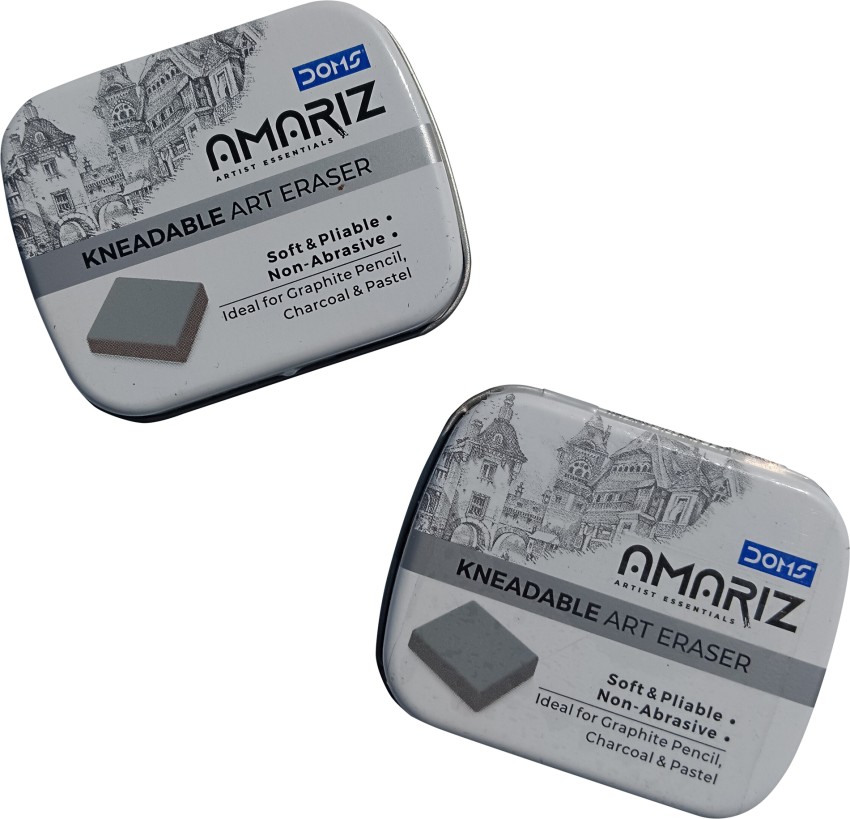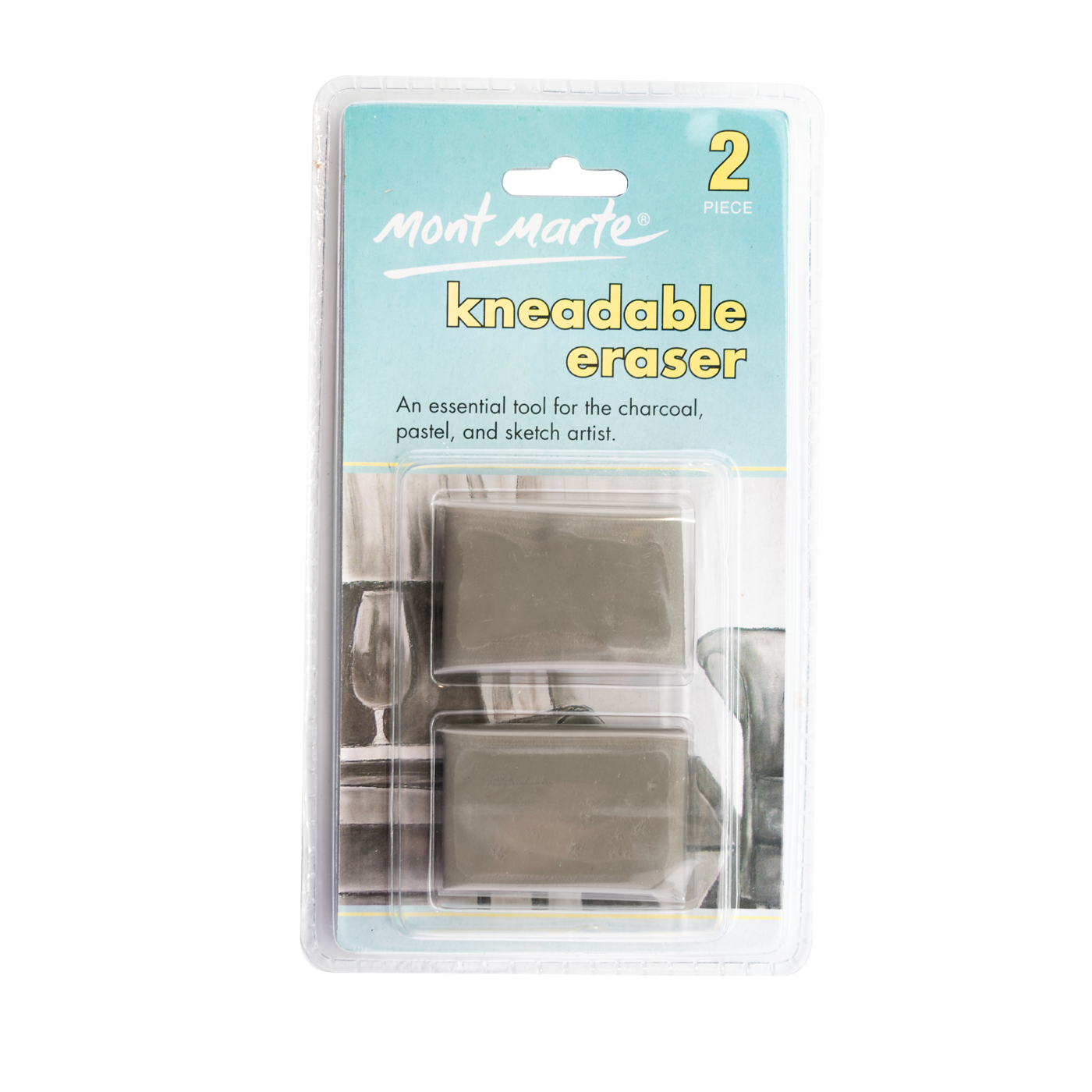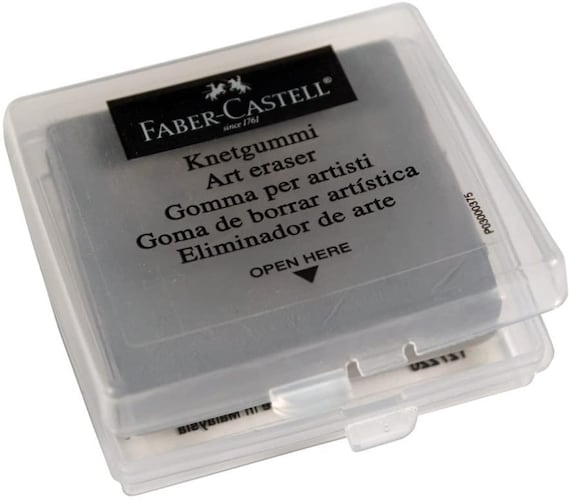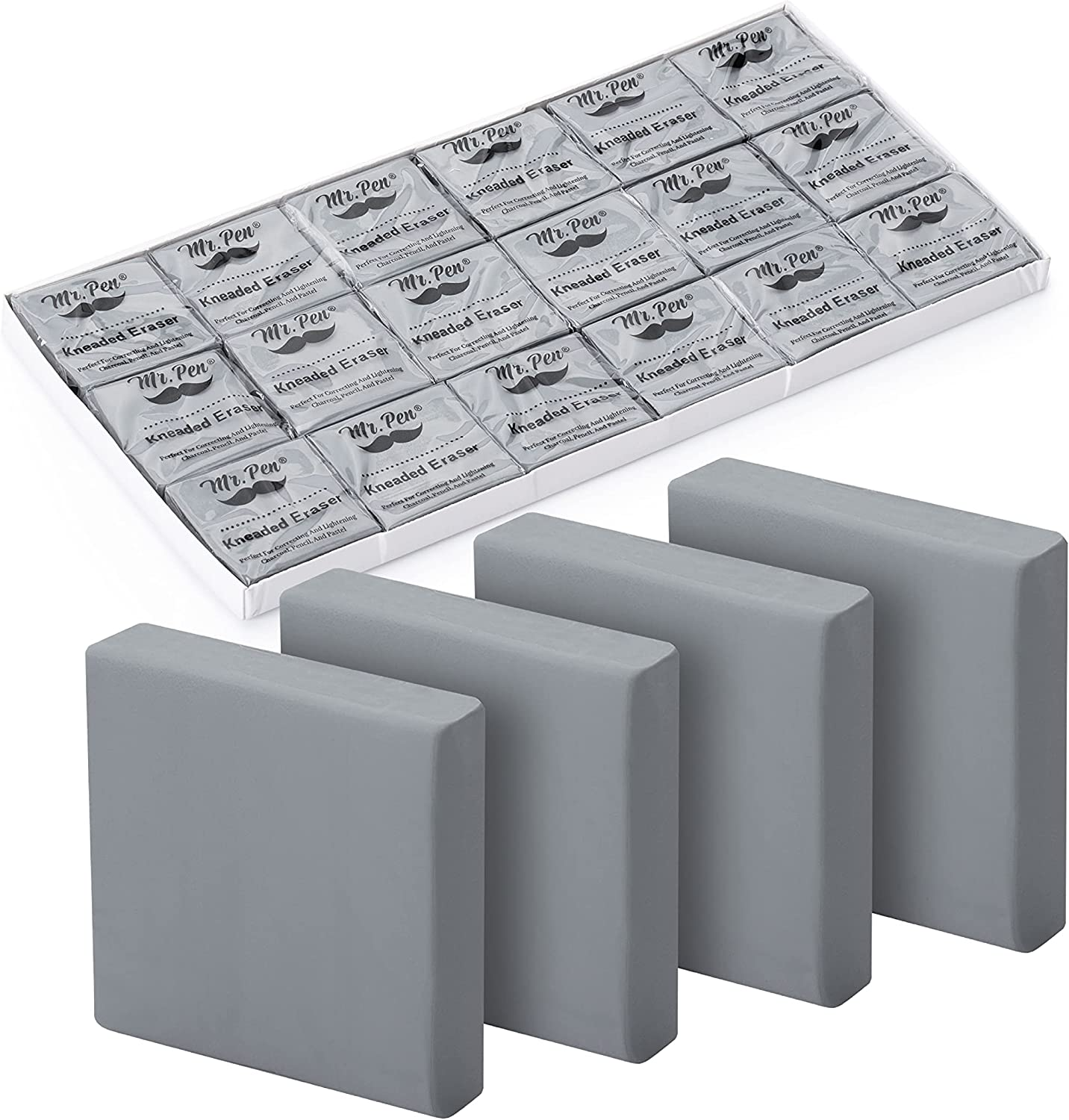Kneaded erasers, often hailed as an essential tool for artists, designers, and students, have long been celebrated for their unique properties and wide-ranging applications. Unlike traditional erasers, kneaded erasers offer a pliable and moldable texture that sets them apart as a versatile tool for erasing pencil marks, lifting charcoal, and shading work. In this article, we’ll delve into the world of kneaded erasers, exploring their composition, uses, techniques, and tips for maximizing their effectiveness.
Understanding the Composition and Texture of Kneaded Erasers
The composition and texture of kneaded erasers set them apart from traditional erasers, making them a unique and versatile tool for artists, students, and professionals. Let’s delve into the specifics of what makes kneaded erasers distinct in terms of their composition and texture.
Composition of Kneaded Erasers
Erasers are typically made from a combination of rubber compounds and non-drying materials. This blend of ingredients gives erasers their characteristic pliability, allowing users to mold and shape them to suit specific erasing needs. Unlike conventional erasers, which are often composed of abrasive materials that physically remove marks from paper, erasers rely on their soft and malleable nature to lift graphite, charcoal, and pastel without leaving residue.
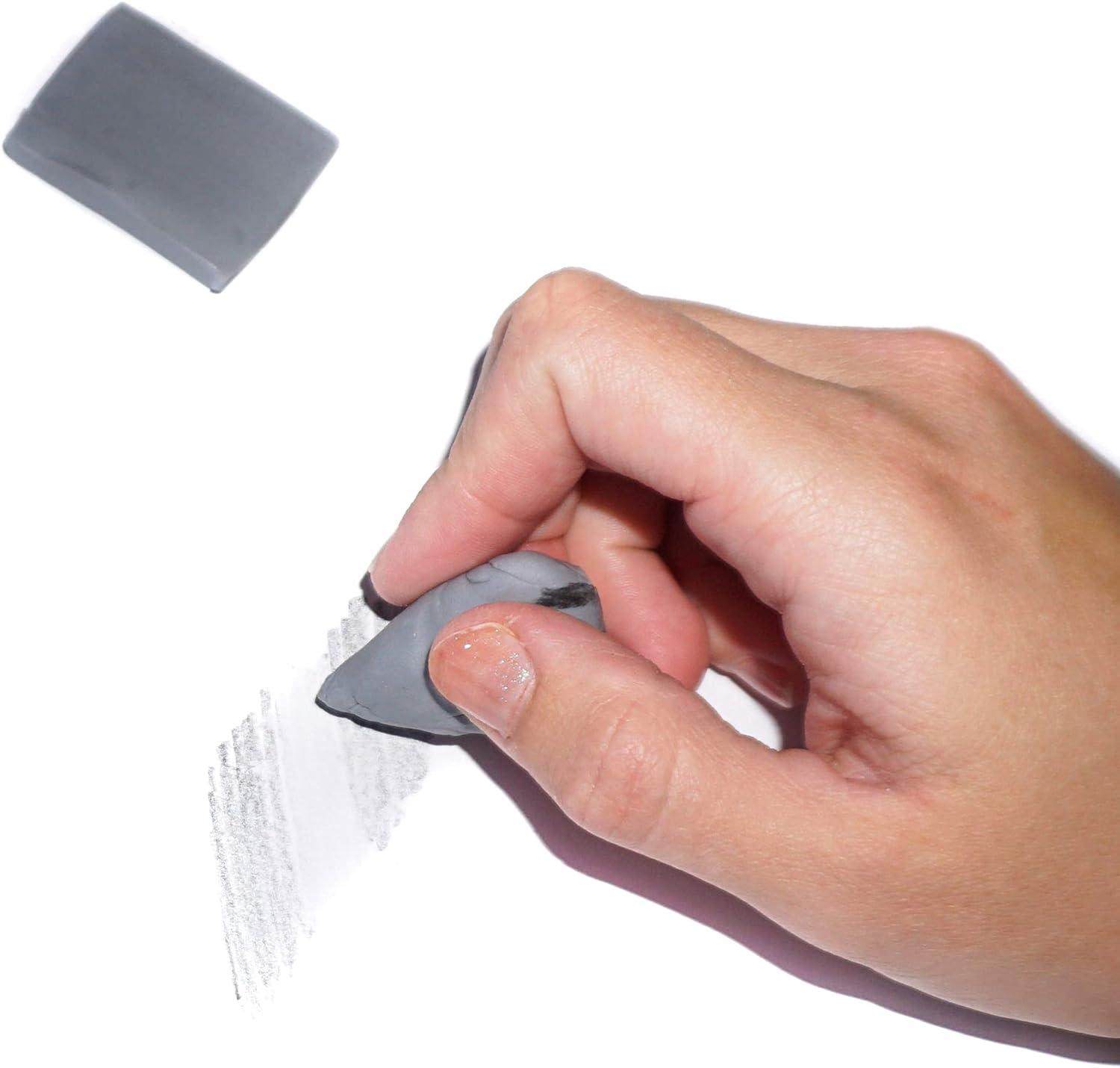
The absence of abrasive components in erasers contributes to their gentle erasing action, making them suitable for delicate paper and surfaces. Additionally, the non-drying nature of erasers means they do not harden or form a crust over time, ensuring consistent performance and longevity.
Texture of Kneaded Erasers
Upon initial inspection, erasers may appear as semi-translucent, grayish masses with a smooth and pliable texture. This unique texture enables users to knead and stretch the eraser into various shapes, making it well-suited for erasing small details or larger areas with precision. When manipulated, erasers exhibit a slight tackiness that allows them to adhere to graphite and other drawing media, facilitating efficient removal of marks without smudging or damaging the paper.
The soft and supple texture of erasers also distinguishes them as ideal tools for blending and shading techniques. By gently patting or rolling the eraser over drawing surfaces, artists can achieve subtle gradations and smooth transitions, enhancing the overall quality of their work.
Benefits of Composition and Texture
The composition and texture of kneaded erasers offer several benefits that cater to the needs of artists, students, and professionals. The pliability and moldability of kneaded erasers enable users to customize the shape and size of the eraser to suit specific erasing tasks, providing unparalleled control and precision. Furthermore, the gentle, residue-free erasing action of kneaded erasers makes them suitable for use on a wide range of drawing media and surfaces, including sensitive papers and materials.
The Magic of Moldability: Versatile Applications of Kneaded Erasers
One of the standout features of kneaded erasers is their remarkable versatility. Artists and illustrators frequently turn to kneaded erasers to correct mistakes, highlight areas of light and shadow, and create textured effects in their drawings. The ability to shape and mold erasers according to specific needs makes them an ideal tool for precision erasing and shading techniques. Whether used for blending charcoal, pastel, or graphite, kneaded erasers offer a nuanced approach to artistic expression, enabling users to achieve subtle gradations and fine details in their work.
Techniques for Maximizing the Effectiveness of Kneaded Erasers
Mastering the art of using kneaded erasers involves understanding various techniques for achieving desired effects. From delicately lifting graphite marks to creating highlights and textures, erasers can be employed in a multitude of ways to enhance artistic creations. Blotting, dabbing, rolling, and shaping are just a few of the techniques artists can utilize to leverage the unique properties of erasers. Additionally, combining erasers with other drawing tools and media opens up endless possibilities for experimenting with different textures and effects.
Beyond Artistic Endeavors: Practical Uses of Kneaded Erasers
While kneaded erasers are synonymous with artistic pursuits, their utility extends beyond the realm of art and design. Students, professionals, and hobbyists alike can benefit from the practical applications of erasers. Whether erasing pencil marks on documents, adjusting sketches and diagrams, or cleaning delicate surfaces, erasers provide a gentle yet effective means of correcting errors without causing damage or leaving behind debris.
Caring for Your Kneaded Eraser: Maintenance and Longevity
Caring for your kneaded eraser is essential to maintaining its effectiveness and prolonging its lifespan. While kneaded erasers do not wear down like traditional erasers, they require regular maintenance to ensure optimal performance. Here are some tips for caring for your kneaded eraser:
Kneading and Stretching:
Regularly knead and stretch the eraser to maintain its pliability. This process helps redistribute the internal compounds and removes accumulated debris from the surface, ensuring that the eraser remains soft and malleable.
Cleaning:
If your kneaded eraser becomes dirty or loses its effectiveness, gently stretch and fold it to trap and remove any embedded particles. Avoid using water or cleaning solutions, as these can alter the properties of the eraser.
Storage:
When not in use, store your kneaded eraser in a clean, airtight container to prevent it from drying out or accumulating dust. This will help maintain its elasticity and prevent it from becoming less pliable over time.
Avoid Heat and Direct Sunlight:
Store your kneaded eraser away from sources of heat and direct sunlight, as prolonged exposure to these elements can cause the eraser to become excessively soft or lose its shape.
Replace When Necessary:
While kneaded erasers have a long lifespan, they may eventually become too stiff or lose their ability to erase effectively. If you notice a significant change in the eraser’s texture or performance, consider replacing it with a new one.
By following these simple care tips, you can ensure that your kneaded eraser remains in top condition, ready to assist you in your artistic endeavors for an extended period. Proper care and maintenance will help you get the most out of this versatile and valuable tool.
Conclusion:
Embracing the Artistry and Utility of Kneaded Erasers
In summary, the allure of kneaded erasers lies in their adaptability, tactile nature, and multifaceted functionality. From enabling artists to refine their drawings and illustrations to providing students and professionals with a reliable erasing tool, erasers have secured their place as a versatile and indispensable asset. By harnessing the moldability and gentle erasing power of erasers, individuals can elevate their creative endeavors, refine their work, and embrace a tool that offers both practicality and artistic expression.
